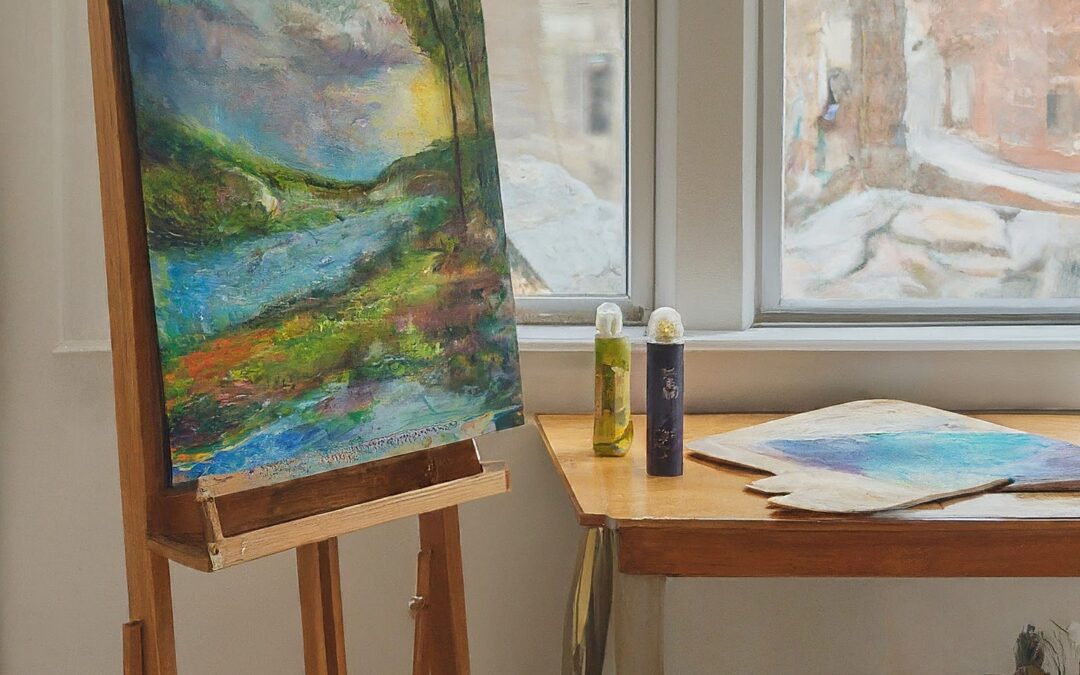Sealing the Deal: Varnishing Techniques for Your Oil Pastel Artwork
Oil pastels are a vibrant and versatile medium, but their delicate nature requires some extra TLC to keep them looking their best. Varnishing offers a layer of protection against dust, dirt, and UV light damage, ensuring your artwork stays colorful for years to come. However, unlike oil paintings, varnishing oil pastels requires a different approach.
Here’s a breakdown of the two main methods for varnishing oil pastels:
1. Fixative Sprays:
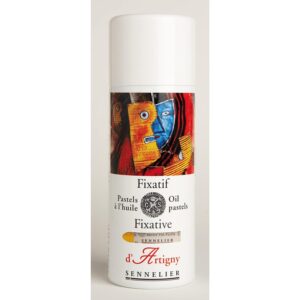
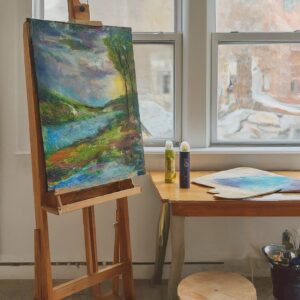
- Pros: Fixative sprays are a popular choice for their ease of use. They come in matte or gloss finishes, allowing you to maintain the original look of your artwork.
- Cons: Fixatives can slightly dull the vibrancy of your colors. Multiple light coats are recommended for better protection, but over-application can cause the pastels to become sticky. Additionally, fixatives are often solvent-based and require proper ventilation while using.
2. Isolation Coat and Varnish:
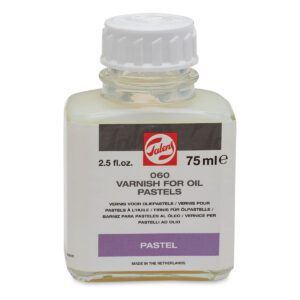
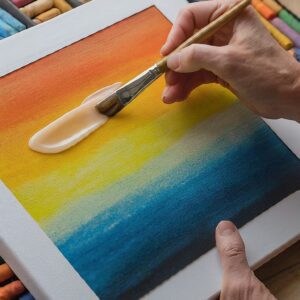
- Pros: This method offers a more robust layer of protection. An isolation coat, typically a thin layer of gloss medium, creates a barrier between the oil pastels and the varnish. This allows for the use of a traditional varnish, like a non-yellowing acrylic varnish, which offers a wider range of finish options and better protection against UV rays.
- Cons: This method requires more materials and takes longer to complete. Applying the isolation coat and varnish can be trickier for beginners and may affect the texture of the pastels slightly.
Choosing the Right Method:
The best method for you depends on your needs and experience level. Here’s a quick guide:
- For beginners or small artworks: Fixative sprays offer a simple and effective solution.
- For larger artworks or those needing maximum protection: Consider the isolation coat and varnish method.
Additional Tips:
- Always allow your oil pastel artwork to dry completely before applying any fixative or varnish. This can take several weeks, depending on the thickness of the pastels used.
- Work in a well-ventilated area when using fixative sprays.
- Test any product on a scrap piece of your artwork before applying it to the entire piece.
- Framing your oil pastel artwork with glass provides the ultimate protection from dust and scratches.
By following these tips and choosing the right varnishing method, you can ensure your oil pastel creations stay vibrant and protected for years to come.
PS: Whether you are a beginner OR Intermediate learner, especially with Oil Pastels, following are some of the courses you might be interested in fast tracking your learning.
Fast Track Your Oil Pastel Learning from these courses
Happy Painting

